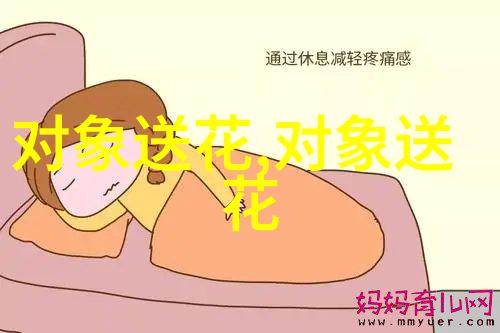虎年之际:中式拜年词的文化内涵与礼仪实践

一、虎年拜年词的历史渊源
在中国传统文化中,新的一岁被视为一个新的起点,人们习惯于用诗文来表达对新年的祝福和祈愿。虎作为“生”、“长”的象征,在古代汉语里常常与“春”字相近,所以在春节期间使用虎形的物品或图案,也有助于驱赶病鬼,保佑吉祥安康。在此背景下,虎年拜年词不仅是对友朋家属的问候,更是对丰收和健康的美好祝愿。

二、拜年词中的辞藻巧妙
tiger year greeting poems employ a variety of literary devices and techniques to convey the poet's intentions. For example, metaphors are often used to compare the new year with natural phenomena or auspicious events, such as "auspicious clouds gather in the sky" or "auspicious winds blow over the land." These metaphors not only add poetic beauty but also emphasize the positive connotations of the new year.

三、礼仪实践中的拜年词应用
Bai nian ci is an integral part of Chinese New Year celebrations. It is usually recited during home visits or when sending gifts to friends and family members. The poem serves as a way to express respect, affection, and good wishes for the recipient's health and prosperity in the coming year.

四、新旧交替中的意境描绘
In many Bai Nian Ci poems, poets describe scenes of nature that symbolize renewal and rejuvenation. For instance, they might depict plum blossoms blooming early in winter or birds singing sweet melodies after a long silence. These images represent hope for better times ahead and serve as reminders that every ending marks a new beginning.

五、现代化进程中的变迁
With modernization comes changes in communication methods and social norms. While traditional Bai Nian Ci remains popular among older generations, younger people tend to use more casual expressions like text messages or WeChat posts to greet each other during Chinese New Year.
六、跨文化交流中的融合可能性
As globalization continues its relentless march forward, cultural exchange between nations has never been more prevalent than today. This presents opportunities for cross-cultural fusion within literature itself - perhaps one day we'll see Bai Nian Ci adapted into English verse by non-Chinese authors!


